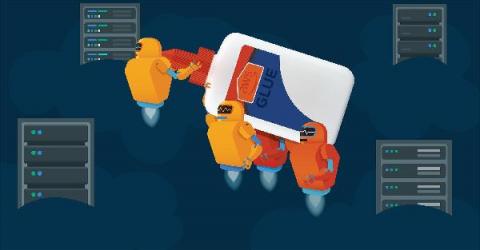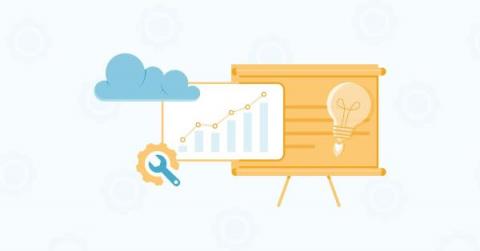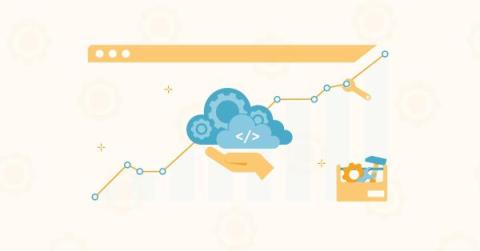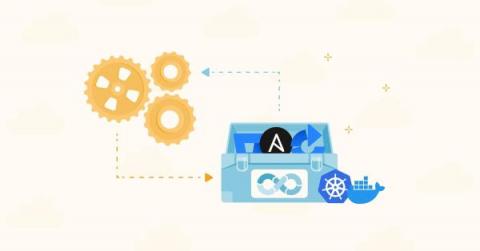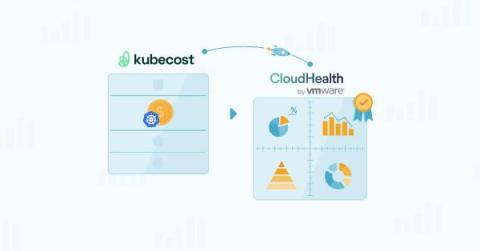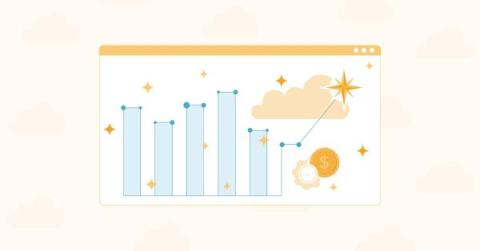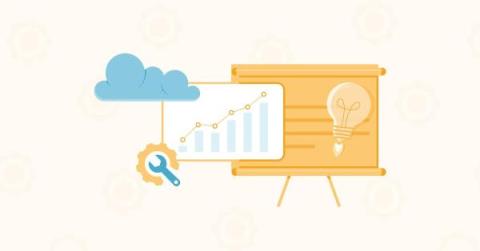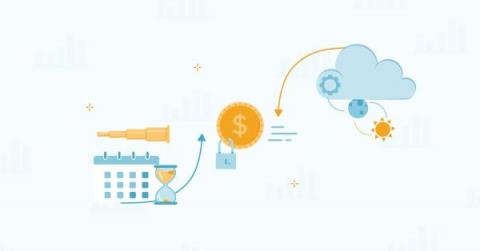What Is AWS Glue? A Newbie-Friendly Guide
More enterprises continue to adopt managed data integration services like AWS Glue. According to the Data Pipelines Market Study Report, 65% of organizations now prefer cloud-based or hybrid cloud data integration solutions. And how exactly do they stand to benefit? This article explains the craze by covering AWS Glue in detail, which happens to be one of the most popular cloud data integration services today. We’ll cover.


